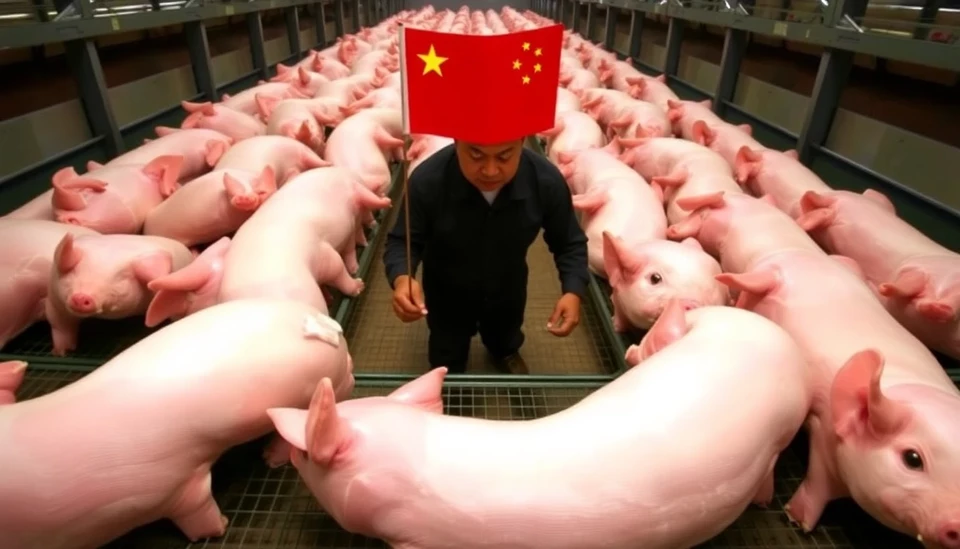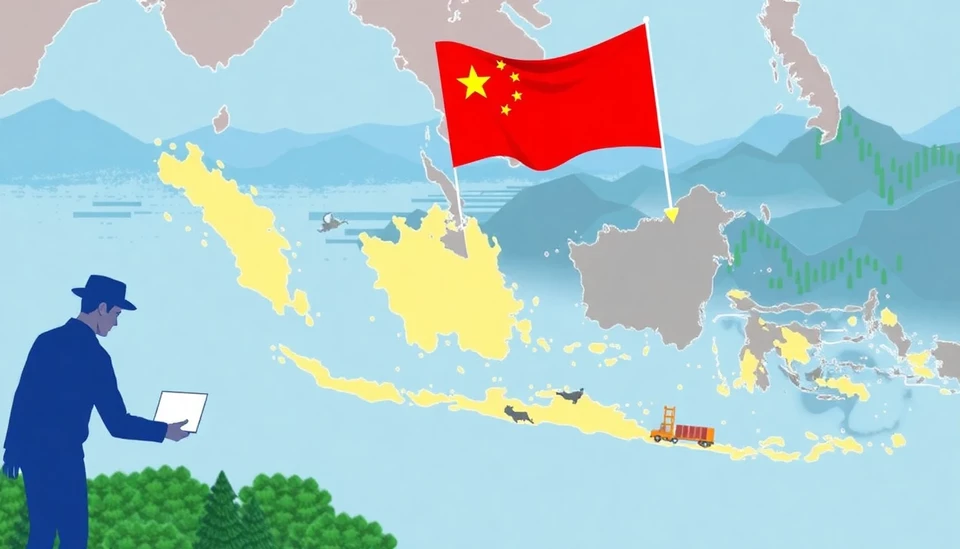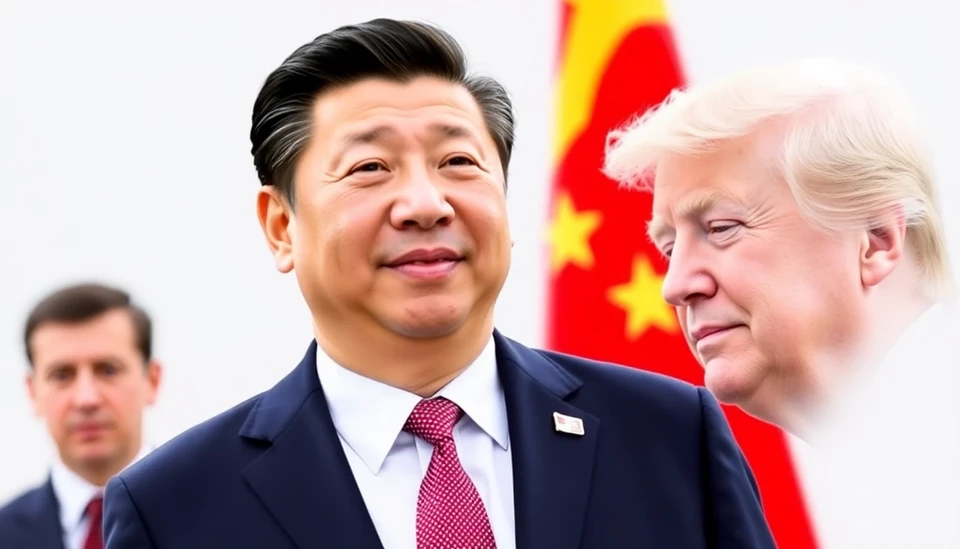
In a significant development in the realm of international trade, China has reported that its exports to Vietnam have exceeded those to Japan for the first time. This landmark shift highlights the changing dynamics in global supply chains as companies re-evaluate their strategies amidst geopolitical tensions and evolving market demands.
The data shows that in December 2024, China exported goods valued at approximately $20 billion to Vietnam, compared to just $18 billion to Japan. This marks a crucial turning point in trade relationships, particularly considering Japan's long-standing position as a top trade partner for China.
Several factors are contributing to this shift. First and foremost is the increasing role of Vietnam as a manufacturing hub. Many global companies are relocating their production lines to Vietnam to take advantage of its lower labor costs and favorable investment environment. This influx of foreign direct investment has significantly bolstered Vietnam's economy and, by extension, its imports from China.
In addition, the ongoing trade tensions between the United States and China have compelled many businesses to diversify their supply chains. By moving operations to Vietnam, companies can avoid tariffs and other barriers imposed on goods manufactured in China, ultimately streamlining their operations while still utilizing Chinese resources and components.
Vietnam has also benefited from recent trade agreements, such as the Comprehensive and Progressive Agreement for Trans-Pacific Partnership (CPTPP), further enhancing its attractiveness as a trade partner for countries looking to mitigate risks associated with trade relations with China.
This upward trajectory in trade with Vietnam is not expected to halt anytime soon. Analysts predict that as more businesses seek to shift their operations to Vietnam, the flow of goods from China will only continue to rise. Moreover, Vietnam's robust economic growth, coupled with its strategic geographical location, positions it as a key player in the global supply chain network.
As we navigate the complexities of modern trade, this change in export dynamics serves as a reminder of how quickly the landscape can evolve. The implications of this shift are vast, affecting not only the economies of China and Vietnam but also the global market as a whole, which will need to adapt to a new status quo where Vietnam emerges as a critical component of trade routes.
In conclusion, as China exports more to Vietnam than Japan, the implications of this trend are far-reaching. Stakeholders in both nations, as well as the international community, will have to closely monitor these developments to understand their impact on global trade and manufacturing strategies.
Hashtags:
#China #Vietnam #Japan #Trade #Economy #SupplyChains #GlobalTrade #Manufacturing #CPTPP #ExportShift
Author: Laura Mitchell




